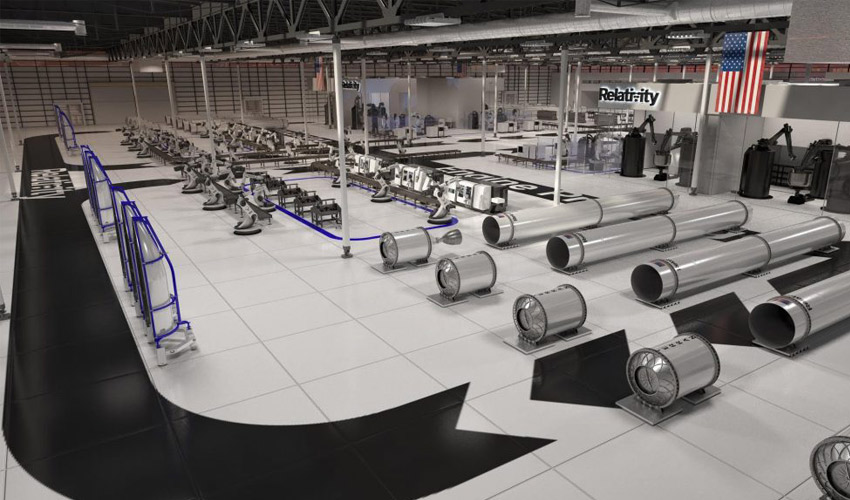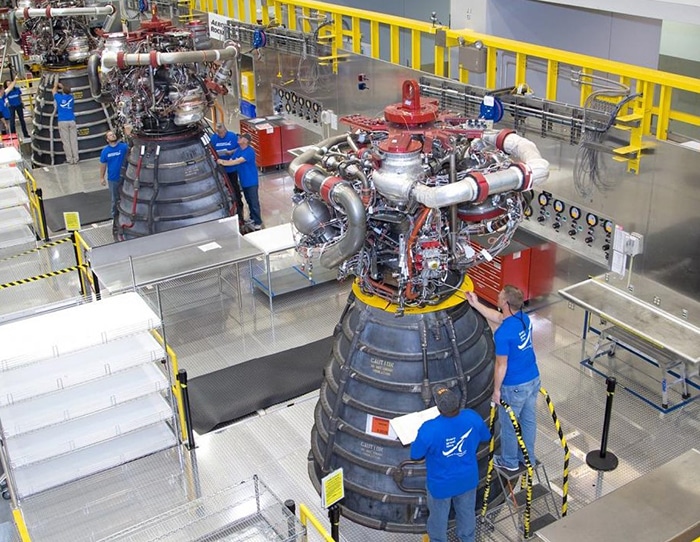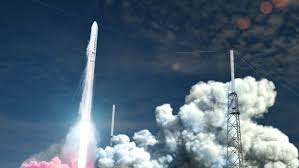3D printing, a.k.a additive manufacturing, is used nowadays for many things. They are ranging from 3D meals to 3D human organs to 3D printed homes. According to the reports, NASA has decided to use 3D printing for building their future rocket engines.
This NASA project will be known as RAMPT or Rapid Analysis and Manufacturing Propulsion Technology. NASA is looking to make use of the additive manufacturing technique to manufacture 3D printed rocket parts using metal powder and lasers. Using this novel method is very advantageous as it reduces costs dramatically as well as saves ample time.

As quoted by the manager of this exceptional development program, “this technology advancement is vital, as it facilitates us to manufacture the most difficult and expensive rocket engine parts for a lower price tag than in the past.”
Furthermore, “using this technique will allow companies within and outside the aerospace industry to do the same and implement the manufacturing tech to medical transportation as well as infrastructure industries.”
This new and improved method is very adaptable, as it is worthy enough to deliver huge pieces in lesser time. The only limitation that it faces is the size of the room in which these parts are produced. It is also equipped when it comes to manufacturing complex components of the rocket, such as the engine nozzles with internal coolant channels.

Paul Gradl, who is the co-principal investigator at NASA’s Marshall Space Flight Center in Huntsville, Alabama, said, “it is a daunting task to produce the nozzles traditionally, and it takes a very long time.”
One of the largest nozzles ever was recently 3D printed by RAMPT. The final product was a 40 inch in diameter and 38 inches tall nozzle. Everyone is eager to see what they will come up with next.



